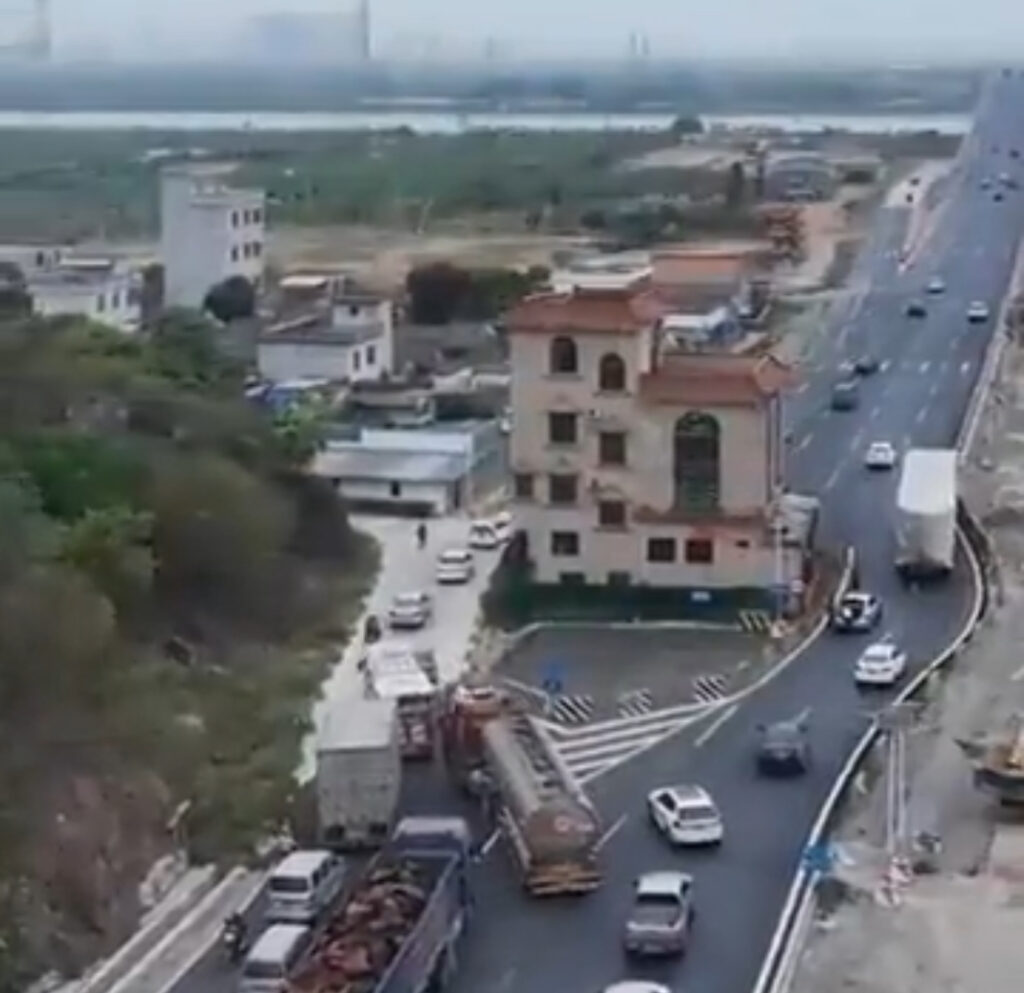In the midst of China’s rapid urbanization and development, there stands a group of resilient structures that have become emblematic of resistance against progress — the “nail houses.” These homes, metaphorically resembling a stubborn nail amidst construction sites, tell stories of defiance, determination, and the complex interplay between property rights and urban expansion.
The term “nail house” emerged as a symbol for properties whose owners refuse to yield to the pressures of surrounding development. These individuals, often facing the juggernaut of progress in the form of real estate projects or infrastructure developments, choose to stand their ground, turning their homes into islands in a sea of change.
The reasons behind the steadfast resistance of these homeowners vary. Some hold onto their residences due to disputes over compensation, feeling that the offers made for their properties are unjust. Others resist relocation, clinging to the familiar surroundings that hold sentimental value. In some cases, the decision to remain is financial, as homeowners anticipate increased compensation or improved living conditions.
The phenomenon of nail houses has garnered attention both nationally and internationally, with these defiant structures becoming symbols of the human side of urbanization. They represent the individuals who, against the odds, choose to assert their property rights and challenge the dominant forces of progress.
These homes often become the center of legal battles, as property owners engage in protracted disputes with developers and local authorities. In some instances, nail house owners gain support from sympathetic communities and activists who view their resistance as a stand against the sometimes-unbridled pace of urban transformation.
Nail houses are more than just physical structures; they are potent symbols of the complexities inherent in China’s urban development landscape. They serve as a reminder that, behind every construction project, there are individuals whose lives and homes are deeply intertwined with the spaces they occupy. These resilient homeowners, whether they succeed or eventually yield to the pressures around them, leave an indelible mark on the evolving narrative of China’s urbanization.
As the skylines of Chinese cities continue to evolve, the nail houses remain as poignant reminders of the human stories embedded in the concrete and steel of urban progress. Their existence challenges us to consider the balance between economic development and the preservation of individual rights, prompting a reflection on the true cost of progress in the modern age.

Leave a Reply